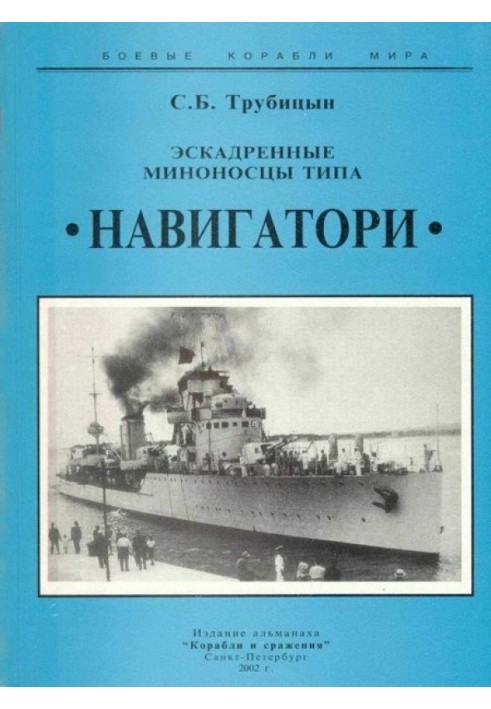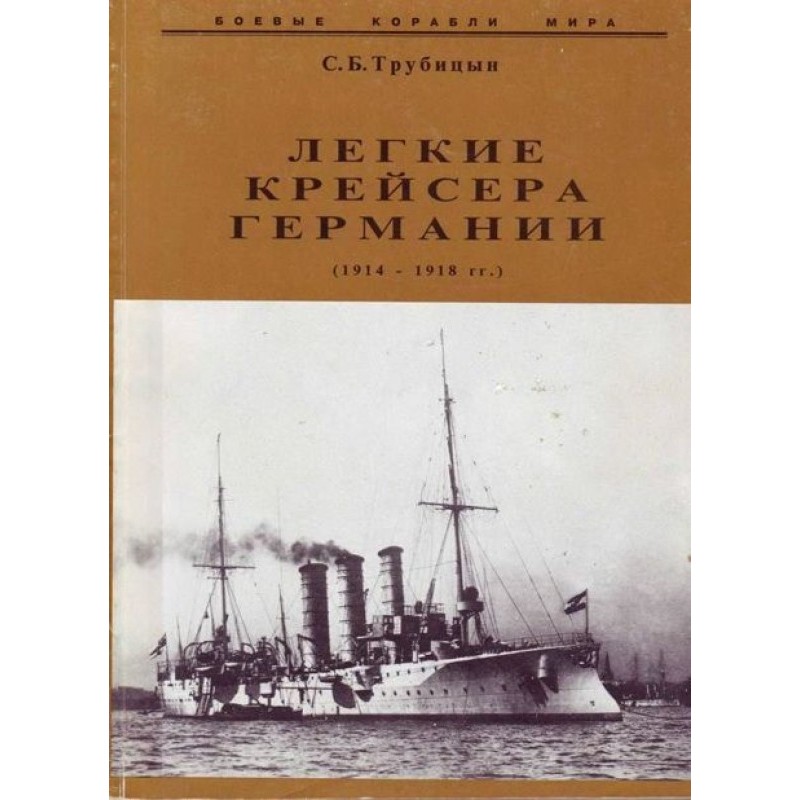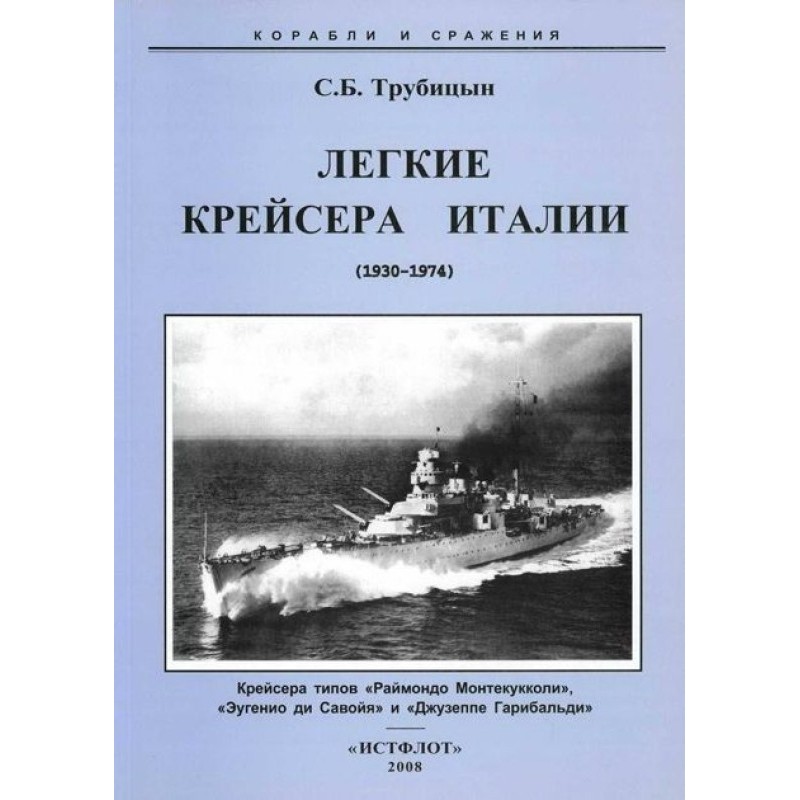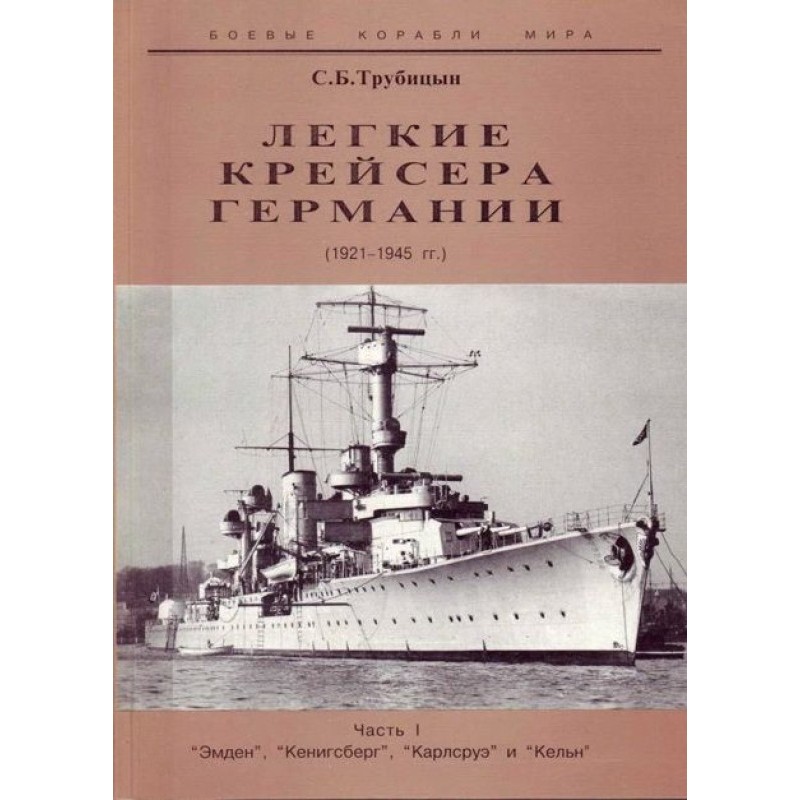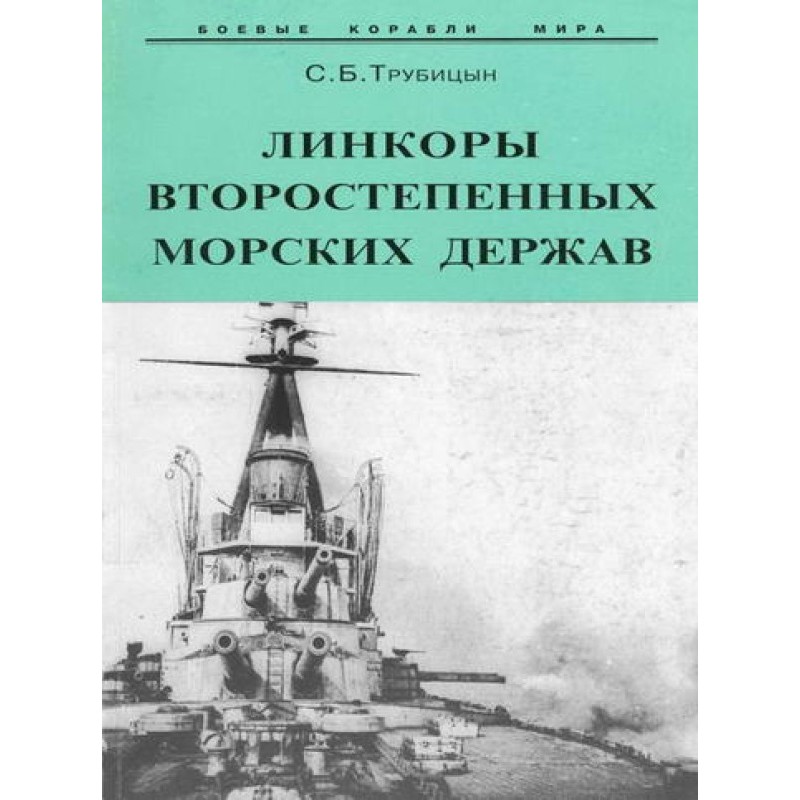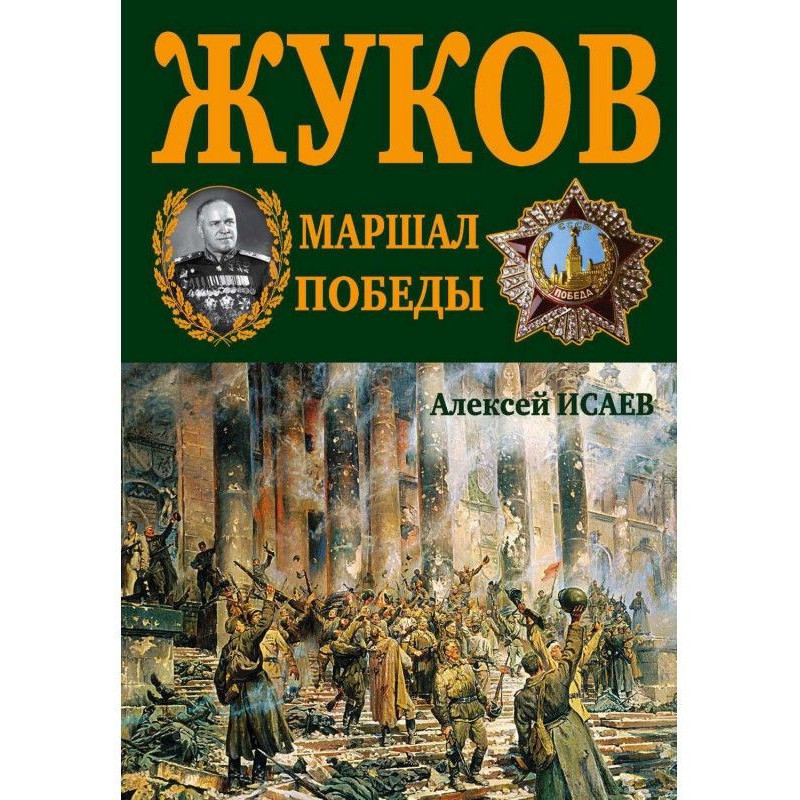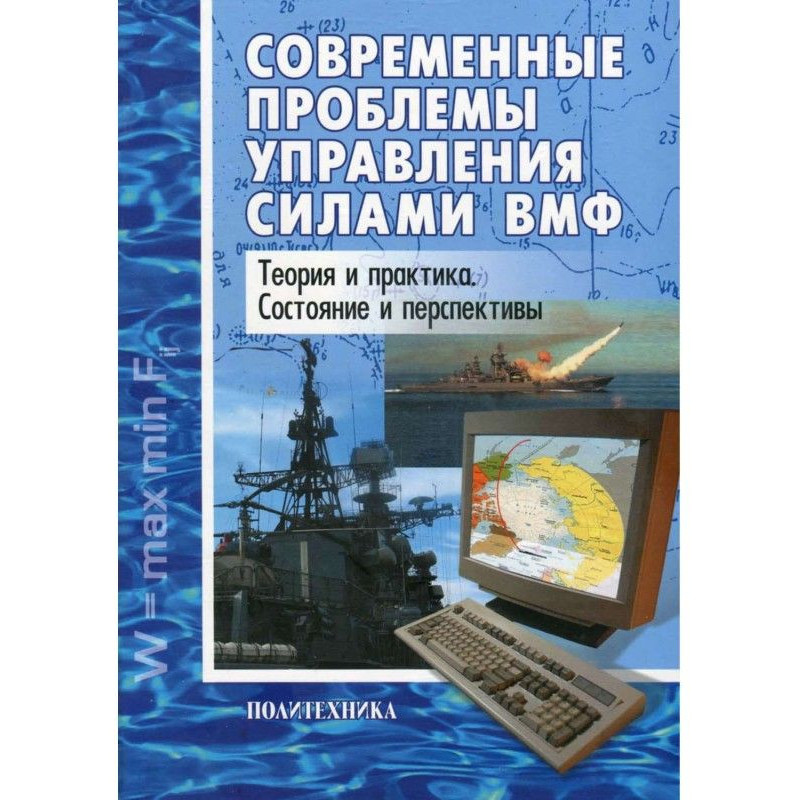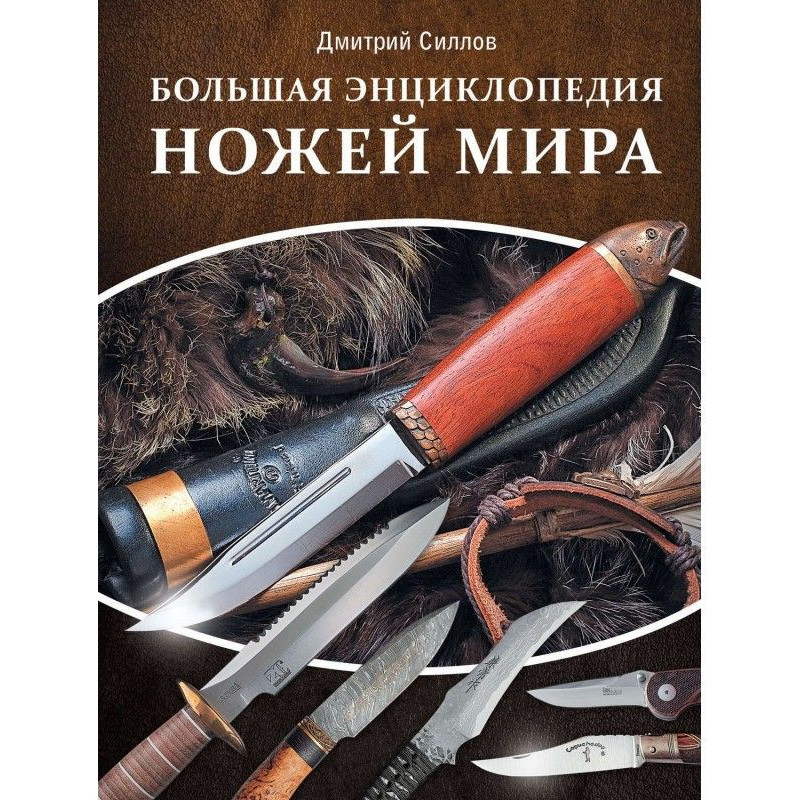Navigatori-class destroyers
 Instant download
Instant download
after payment (24/7)
 Wide range of formats
Wide range of formats
(for all gadgets)
 Full book
Full book
(including for Apple and Android)
He headed the design of new ships - Giuseppe Rota. First, he studied the design brief issued in 1925. With a design displacement of 1,500 tons, the new “scouts” must be armed with 6 120 mm guns (three double-barrel installations) and two twin-tube 533 mm torpedo tubes and have a maximum speed of at least 38 knots. There was another important requirement - the ships should be as small as possible to reduce their visibility. Giuseppe Rota coped brilliantly with this task. The weight of the main power plant was reduced, increasing its steam output. Another feature of the project was the echelon principle of placing the main power plant: two groups, each with 1 turbine and 2 boilers. That's why the ships had two pipes. According to Italian designers, this increased its survivability. The 120-mm main caliber guns were placed in three double-barreled mounts. At that time, it was the largest universal caliber in the Italian fleet, and there was no time to develop a new gun. The decision to build a new series was made in 1926. Soon the drawings were transferred to the shipyard. The Lanzerotto Malokello was the first to be laid down on October 5, 1926. After the launch of destroyers of the “Turbine” and “Strale” type, 11 more ships of the series were laid down, which received the names of famous medieval navigators. And the type itself began to be called “Navigatori”. They were originally classified as destroyers, in 1929, as “scouts” (fighters), and when in 1938 it became clear that reconnaissance would be carried out by aircraft, they were returned to the destroyer class.
Data sheet
- Name of the Author
- Сергей Трубицын Борисович
- Language
- Russian
Reviews
Вражаючий погляд на історію військового кораблебудування!
Книга "Ескадрені міноносці типу «Навігатори»" є справжнім подарунком для всіх, хто цікавиться військовою історією та корабельною технікою. Автор детально описує процес проектування та створення нових кораблів під керівництвом Джузеппе Рота, що дозволяє читачеві не лише зрозуміти технічні аспекти, але й відчути атмосферу того часу. Інформація про озброєння, швидкість та конструктивні особливості кораблів подається в зрозумілій формі, що робить книгу доступною навіть для тих, хто не є експертом у цій галузі. Особливо вражає, як автор підкреслює важливість живучості кораблів завдяки ешелонному принципу розміщення енергетичних установок. Це не лише технічний аспект, а й стратегічний крок, що демонструє глибоке розуміння військової тактики. Рекомендую цю книгу всім, хто хоче поглибити свої знання про військові кораблі та їхню роль у морських битвах!

